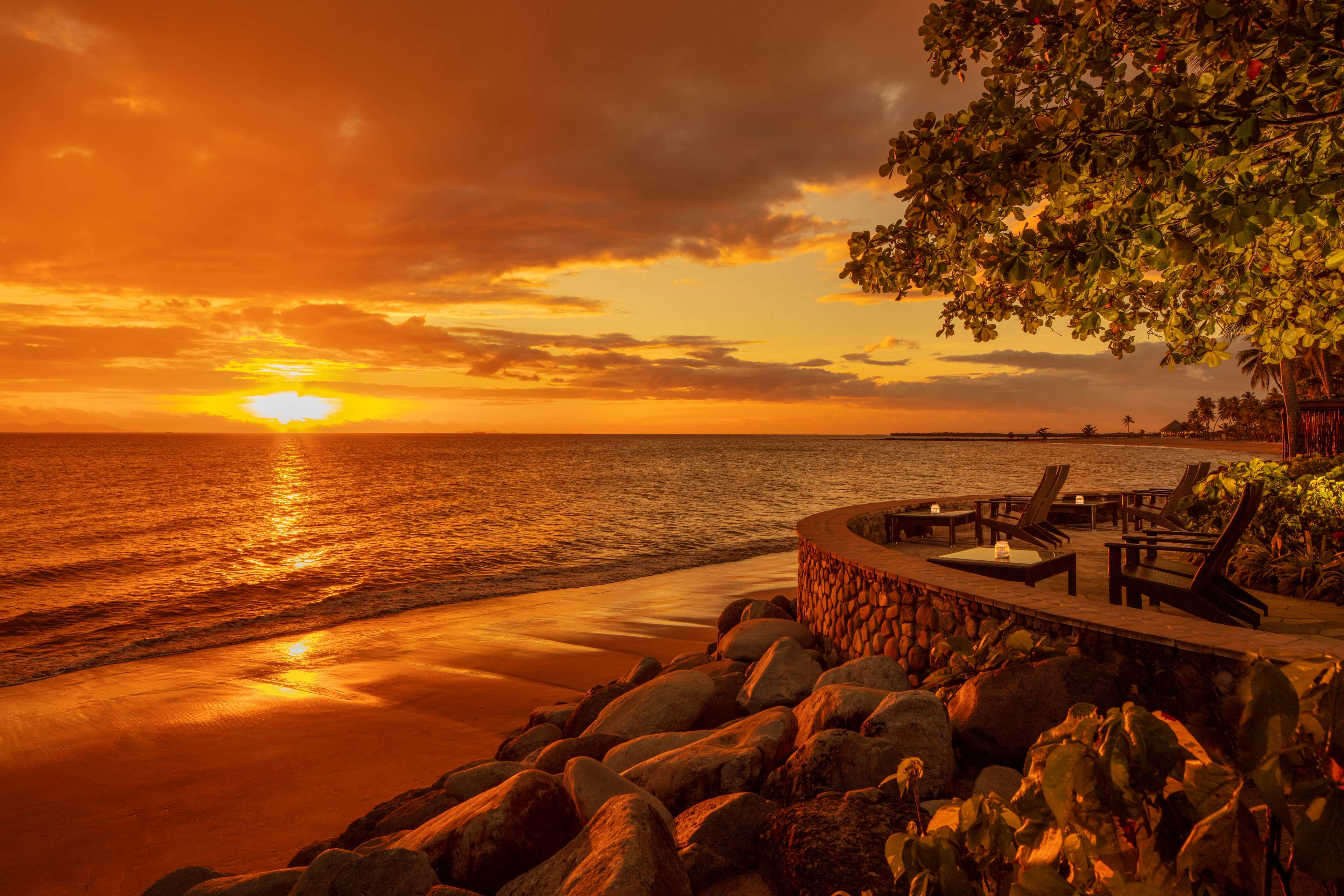Fiji
Fiji] (sometimes called the Fiji Islands), is a Melanesian country in the South Pacific Ocean. It lies about two-thirds of the way from Hawaii to New Zealand and consists of an archipelago that includes 332 islands, a handful of which make up most of the land area, and approximately 110 of which are inhabited. Fiji straddles the 180 degree longitude line (which crosses land on a remote tip of Vanua Levu and again near the centre of Taveuni). The international date line is configured to pass east of all of Fiji, placing it all in one time zone and "ahead" of most of the rest of the world.


















